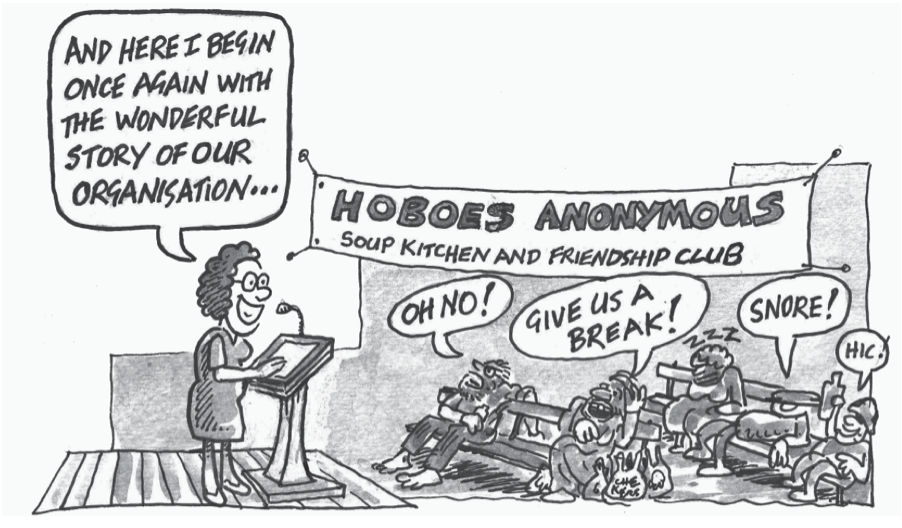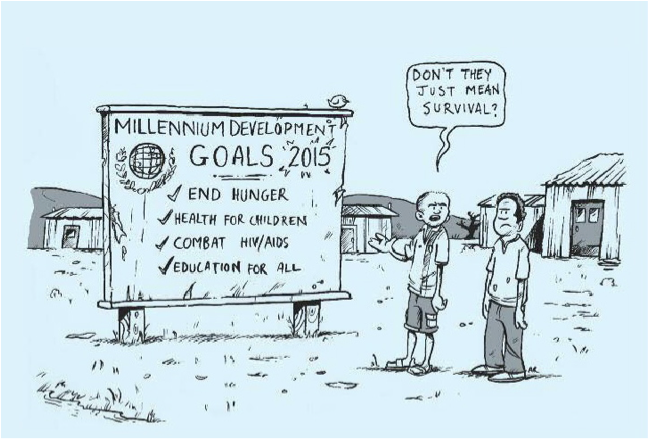Take a moment and think about how you most often hear development work portrayed in the public discourse? Two divergent narratives come to my mind.
First, international aid is unashamedly tied to foreign policy objectives, money is wasted, and day-to-day aid work is challenging, if not futile. The narrative goes something like this: So-and-so country is poor or vulnerable. We [rich countries] try to help them. So-and-so is still poor and vulnerable.
On the other hand, according to many international agencies and NGOs, our day-to-day work in the aid sector is instantly transformative, not to mention selfless. The narrative goes something like this: So-and-so person is poor or vulnerable. We [the organization] helps so-and-so. So-and-so is not poor anymore.
That’s a pretty polarizing view of global development – all good or all bad. People working on the ground in humanitarian or development aid know that neither is an accurate picture of reality. And this reality is harder and harder for communications teams and the media to ignore.

Traditional means of depicting “those in need” as incapable and passively awaiting rescue by outsiders are not only ethically suspect. The desensitization theory of mass communications suggests that people exposed to a barrage of negative images and stories can become jaded, and ultimately weaken people’s emotional responses to suffering.
My first “International Development Communications” class at the Georgetown University Public Relations & Corporate Communications Master’s Program set out in the Spring 2014 semester to bring these two narratives together – aid as all virtuous, or all wasted – and represent “the gray area” in between.
We asked: How can we portray the realities of people’s lives, their struggles, their strengths, our roles and our mistakes in an impatient “silver bullet solutions” world?
Here’s what we came up with: The Development Element: Guidelines for the future of communicating about the end of global poverty.
We must be onto something because in its draft form, the guidelines have already been viewed over 3,500 times. It seems people are hungry to change international organizations’ communications strategies, which once grew out of a chartable fundraising model, so that their public face is no longer at odds with their programs and their mission.
Join us online using #IntlDevComms on Thursday, September 11th for the publication’s launch and the conversation on how a new generation of development and communications professionals are attempting to embrace nuance without turning the public off.
You can also help us spread the word about “The Development Element” publication in four ways:
1) Share the publication via your social media channels!
2) Give the guide directly to colleagues both inside and outside of your organization who are communicating about global poverty to external audiences.
3) Join my current class for a Twitter Chat at 6pm EST on Thursday, September 11th using #IntlDevComms.
4) Write a blog post about if/how communicators are shaping the #globaldev narrative, your organization’s approach to international development communications, and/or your personal perspective on our publication.
If your team or organization would like to engage further by hosting a discussion, staff training, etc, on the publication, please be in touch at jenlentfer (at) gmail (dot) com.


Well done Jennifer and team – this is an excellent document – I run a skills share volunteer programme ( you may not approve – but we do try our best!) and this will be really valuable to us in our work
Great doc, a must read for everyone involved in development aid. As everyone is a communicator!
Next step: guidelines for visual communication?? We at BrandOutLoud are all up for that… 🙂
Pingback: Fundraisingwoche vom 08.09.-14.09.2014 | sozialmarketing.de - wir lieben Fundraising | sozialmarketing.de - wir lieben Fundraising